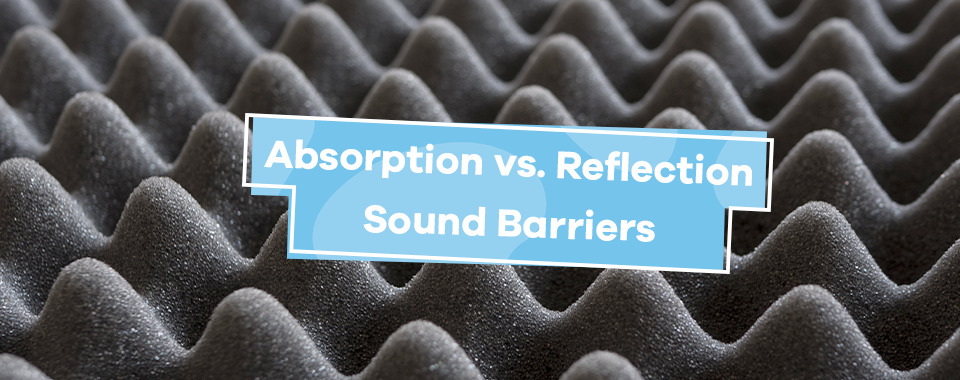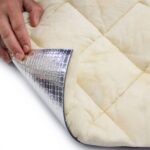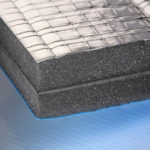
When you’re planning to create the perfect sound environment in your home or business, you’ll want to understand the differences between sound-absorbing materials and sound-reflecting materials. Both types of products can be highly useful, but they have unique applications.
Below, we’ll talk about how and when to use absorptive versus reflective surfaces to get the perfect noise enhancement, reduction and clarity results.
What Are Sound-Absorbing Materials?
Sound-absorbing solutions like acoustic fiberglass and acoustic foam dampen the intensity of sounds by catching sound waves. In fact, their porous nature allows them to reduce most sounds quite effectively.
For instance, when sound meets an acoustic cotton sound absorption panel, it doesn’t bounce back. Some of the noise may pass through the panel, but it will be muffled or even muted. As you can imagine, many people turn to sound absorption materials when they’re outfitting bedrooms and nurseries. A quieter environment results in better sleep.
What Are Sound-Reflecting Materials?
Unlike sound-absorbing materials, sound-reflecting materials send sound back. They have a harder, less porous surface that reflects sound waves.
Here’s one way to think of it — when you hit a tennis ball against a wall, the ball will come back to you. When you hang sound-reflecting materials, you get the same effect with sound waves.
When Should You Use Absorptive vs. Reflective Surfaces?
Here’s where the science of sound comes in handy. You can sometimes use a combination of both absorptive and reflective materials to achieve the sound effect that you want for any space.
For instance, you may want a room in your home where you can practice music or record a professional podcast. In addition to hanging sound-absorbing materials like panels around the room, you might add reflective materials facing outward. That way, any sound energy traveling toward the room will be deflected and sent away from the space.
Eliminate Unwanted Sounds With Absorptive and Reflective Materials
With the right type of sound material, you can cut down or even eliminate extra sounds. In most cases, you’ll end up leaning heavily on sound-absorbing materials. They force the sound waves to break up and dissipate so you don’t hear a thing. For this reason, most DIY and expert sound barrier installers opt for sound-absorbing materials for their projects.
But you can’t discount the benefits of sound-reflecting materials. Noise reflection can be an excellent way to keep sound from getting near a space in the first place. Forcing the sound energy to move away from an area can be advantageous. With that being said, the reflection angle should be properly considered. Otherwise, the noise might end up reflecting upwards and around the barrier unintentionally.
Find the Right Sound Absorption Products
Excited by the prospect of using sound-absorbing materials alone or in conjunction with their noise reflection counterparts? Check out our full selection of absorptive solutions at Soundproof Cow.









